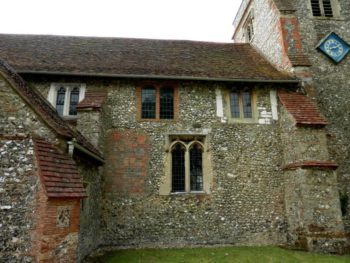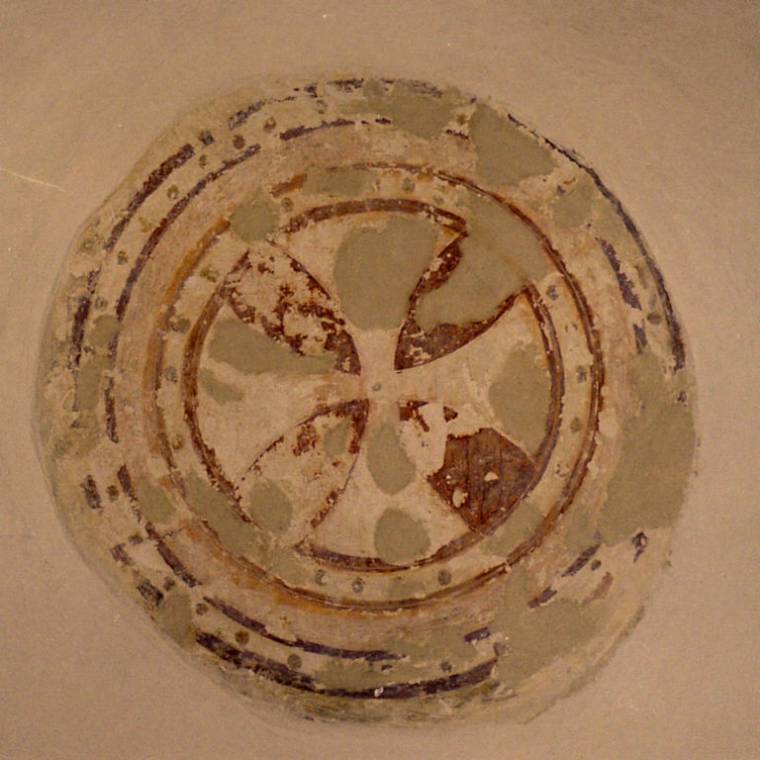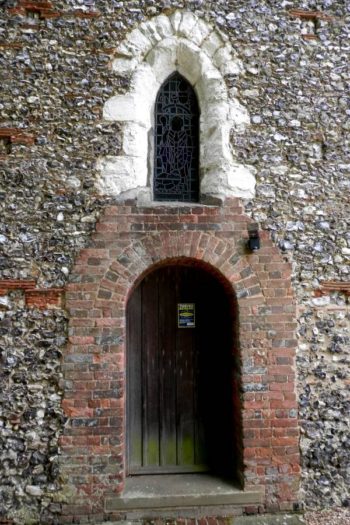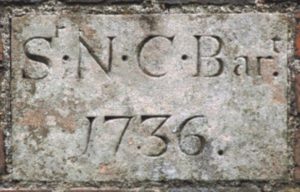In 1240, Merton Priory in Surrey claimed the right to appoint a suitable person to the church of Taplow with its chapel of ‘la Penne.’ How could Penn be described as a chapel of Taplow?
I noted in an earlier article that Penn does not appear in Domesday Book because it was included with Taplow and paid taxes through the manor house there. The Taplow link is confirmed by a legal agreement in 1199 which reveals that William de Penne was obliged to convey his lord’s hay From Taplow to Penn.
There are good reasons to suppose that the manorial link between Penn and Taplow is likely to have been dictated by the military need before the Conquest to defend a crossing point on the Thames. Penn provided both armed men for a fort on an island at Hedsor and a beacon and look-out point on Beacon Hill.
Meanwhile, it is truly surprising to discover that this administrative and military link remained intact for over 500 years after the Conquest. In 1552, tax lists were still headed ‘Taplow with Penn’ and the two parishes were jointly required to provide harness for one soldier. As late as 1590, just after the Armada, the vicars of Penn and Hitcham (Taplow and Hitcham churches were united in 1517) were jointly required to equip a man with a culiver or harquebus (an early handgun) to defend against a Spanish lnvasion.
At the time of the Conquest, Taplow had about 500 acres under plough, whereas Penn had nearly 1500 acres, and later tax returns show that Penn consistently had more taxpayers and paid more tax. However, Taplow was more valuable to the de Turvilles, the lords of both Taplow and Penn, because their manor house and lands were mainly in Taplow.
In 1197, this manorial link was broken when William de Turville and his wife granted their lands in Taplow and the patronage of the church there, to Merton Priory, but added ‘Be it known also that the whole vill of La Penne which was called a member of Tapelawe ….. remains to William and his heirs and the canons shall claim nothing in it.’
© Miles Green, June 1997




